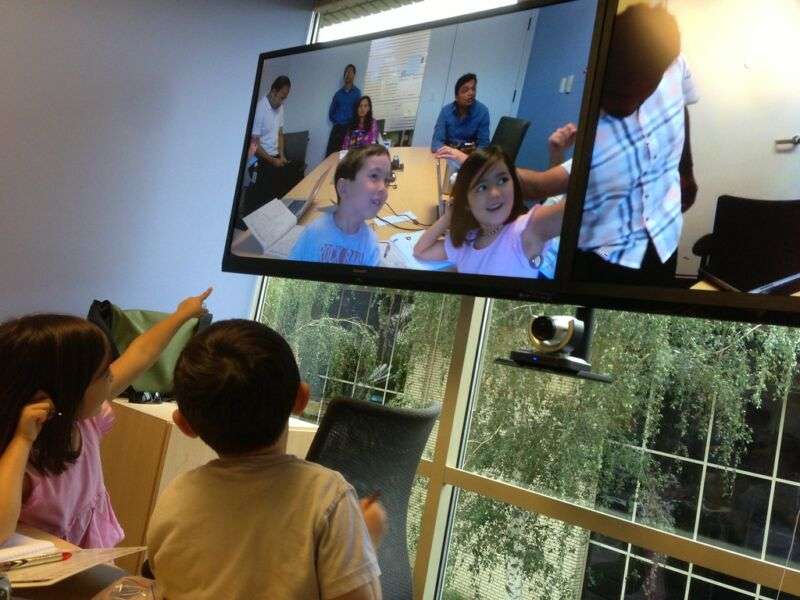
Security tips every teacher and professor needs to know about Zoom, right now
With Zoom bombing a cultural phenomenon, here’s how to protect your meetings. …
 reader comments
reader comments
47 with 36 posters participating
With the Coronavirus pandemic forcing millions of people to work, learn, and socialize from home, Zoom conferences are becoming a default method to connect. And with popularity comes abuse. Enter Zoom bombing, the phenomenon of trolls intruding into other people’s meetings for the sole purpose of harassing attendees, usually by bombarding them with racist or sexually explicit images or statements. A small sample of the events over the past few days:
- An attendee who disrupted an Alcohol Anonymous meeting by shouting misogynistic and anti-Semitic slurs, along with the statement “Alcohol is soooo good,” according to Business Insider. Meeting organizers eventually muted and removed the intruder but only after more than half of the participants had left.
- A Zoom conference hosting students from the Orange County Public Schools system in Florida that was disrupted after an uninvited participant exposed himself to the class.
- An online meeting of black students at the University of Texas that was cut short when it was interrupted by visitors using racial slurs
The basics
As disruptive and offensive as it is, Zoom bombing is a useful reminder of just how fragile privacy can be in the world of online conferencing. Whereas usual meetings among faculty members, boards of directors, and employees are protected by physical barriers such as walls and closed doors, Zoom conferences can only be secured using other means that many users are unversed in using. What follows are tips for avoiding the most common Zoom conference pitfalls.
Make sure meetings are password protected. The best way to ensure meetings can be accessed
Continue reading – Article source




